Ireland was comprised of about 100-120 territorial units with varying degrees of autonomy and independence called tuatha (singular: tuath). Each tuatha was a composition of numerous clan groups who held shared dominion over their traditional territories. From among these families, a chieftain or clan leader was selected from among all the eligible men.
This decentralised structure was not confined to one overarching ruler but was divided among individual family groups or tribes, each exercising limited power and sovereignty. This fragmented model of governance, while symbolizing a unique form of liberty, was unfortunately also Ireland’s greatest historical weakness during the invasion of the Anglo-Normans. Among the many marks of distinction adopted by the Gaelic Clans, the sluaghghairm or ‘slogan’ war cries are less well known.
Sluaghghairm – The War Cry of the Gaelic Clans
The individualism of clan sovereignty extended to warfare, where each clan had a unique ‘sluaghghairm‘ [pr. slew-gairm], meaning a ‘battle cry’. These rallying calls were derived by followers of great families or chieftains, acting as a call to arms, from which the warriors drew an almost supernatural strength and courage.
One of the most common exclamations among these battle cries was ‘abú‘, derived from the old Irish word ‘bua‘, meaning victory. This cry would often be connected to a deity, family name, ancestral hero, headquarters, occupation, or a special symbol associated with the family faction.
Interestingly, it is from this Irish word sluaghghairm that the English word ‘slogan’ is derived, and this gives us a good idea of what it really was. It was the slogan, the motto or the catchphrase that identified and marked out one family faction from another on the fields of battle.

Henry VIII’s Ban on Speaking Family Mottos
The battle cries were so prevalent that even King Henry VIII of England took note, prohibiting the use of these cries in the 10th year of his reign.
“Wherefore we straightly charge and command all our loving subjects, as they tender our pleasure and will not incur our high displeasure, that from henceforth they or any of them do not use or speak any such words as ‘Crom-abo, Butler-abo,’ or other words like, in their wars or fights, but to call only on St. George, or the name of his Sovereign Lord the King of England.”
Act of Parliament, Henry VIII, 1537.
This Act of Parliament was intended to suppress the use of Irish war cries, which were seen as a threat to Henry’s rule in Ireland. The Act specifically prohibited the use of the words “Crom-abo” and “Butler-abo,” which were the war cries of the O’Neill and Butler families, respectively (see below). The Act also prohibited the use of any other words or phrases that could be construed as a call to arms against the English crown.
Clearly an attempt by Henry VIII to assert his authority over the land he believed he had the divine right to rule and suppress the ancient Gaelic order and way of life. The Act was naturally met with resistance from some Irish, but it was ultimately successful in suppressing the use of Irish war cries. The Act is significant because it is one of the earliest examples of English legislation aimed at suppressing Irish culture. It also provides a glimpse into the tensions that existed between the English and the Irish at the time.
Examples of Clan Battle Cries and Their Meanings
The tradition of these battle cries, derived from the old Irish word ‘sluagh-ghairm’ (proclamation of an assembled force), is a poignant reminder of Ireland’s unique historical identity. It highlights the valour and pride of the Irish clans in their family and land, and how this sentiment echoed through their cries on the battlefield. Let us turn now to consider some examples of the sluaghghairm of certain Irish and Gaelicised Anglo-Norman families.
The great O’Neill clan’s battle cry was “Lamh Dearg Abú,” meaning “Red Hand to Victory,” a symbol still found on the flag of Ulstermen today.
The O’Hanlons, who had the honour of carrying the Ulster standard, would shout “Ardchully-Abú”, meaning ‘high forest’, believed to reference their traditional gathering grounds.
Similarly, the O’Donnells of Tyrconnell, County Donegal, used “O’Donnell Abú” as their battle cry, calling upon their ancestral name.
The O’Moores, on the other hand, cried “Conlon Abú” after their famous ancestor, Conall Cearnach.
The O’Briens, descendants of King Brian Boru, chose “Lamh Laidir Abú” as their rallying call, translating to “Strong Hand to Victory”. The O’Sullivans of Munster had “Lámh Foisteanac Abú”, meaning ‘restful hand’, while the McGillapatricks used “Gear-laidir aboo” or the “sharp and strong”.
Interestingly, the descendants of the Fitzgeralds of the southern Desmond Line, who were originally Anglo-Normans but later became “more Irish than the Irish themselves”, had the battle cry “Shandid-aboo,” glorifying the “old place”; their fortified base in the Limerick Mountains.
Through the battle cries, the Irish clans exhibited a form of emotional association to their lineage and territories, it could also extend to their intellectual affiliations, as seen with the O’Heffernans who rallied with “Ceart na Suadh Abú”, meaning “The Right of the Scholars to Victory.” This cry not only indicated the family’s strong connection to the land and people but also to knowledge and wisdom. It’s an exemplary symbol of commitment to education and learning that is typical of Irish cultural heritage.
As the clans transitioned through different phases of history, their battle cries evolved too, reflecting the changes in their identities and affiliations. This is best exemplified by the Fitzgeralds of the southern Desmond Line. Originally Anglo-Normans, they gradually adopted Irish ways to the point of becoming “more Irish than the Irish themselves”. Their cry, “Shandid-aboo”, was a testament to their fortified round-hill base, the “old place” nestled in the Limerick Mountains. Their story and battle cry demonstrate the seamless cultural fusion that happened over time, blurring the line between the native Irish and the settlers.
Another important aspect of the battle cries is the utilisation of symbolism. Many clans incorporated their symbols into their rallying calls. The O’Briens, descendants of King Brian Boru, chose “Lamh Laidir Abú” translating to “Strong Hand to Victory”, indicative of their symbol, the strong hand.
Similarly, the O’Sullivans of Munster used “Lámh Foisteanac Abú”, meaning ‘restful hand’, showcasing their symbol of a tranquil, restful hand.
| Family Name | Slogan | Meaning | Additional Information |
|---|---|---|---|
| Barry | Barragh-aboo | A man of the Barrys | – |
| Butler | Butler-aboo | Butler Aboo | Battle cry of the Butlers, Earls of Ormond. |
| De Burgh | Gallruagh-aboo | The Red Foreigner | Derived from “Iarla-Ruadh”, Richard de Burgh, the red Earl of Ulster. |
| Decies | Geraldagh-aboo | Geraldagh Aboo | Cry of Decies, a Geraldagh or Geraldine. |
| Doyle | Killole-aboo | Killole Aboo | Probably refers to a coille or wood. |
| Fenians | Fag an Bhealach | Out of our way | Used in more recent times |
| Fitzgerald | Shanid-aboo | Shanid Aboo | Taken from the stronghold in County Limerick. |
| Fitzgerald | Crom aboo | Crom Aboo | Taken from Crom Castle in County Limerick. |
| Fitzgerald | Shandid-aboo | In glory of the old place (Shanid Castle) | Desmond line, originally Anglo-Normans |
| Fitzpatrick | Gear-laider-aboo | Sharp and Strong | Battle cry of the Fitzpatricks or McGilla Patricks. |
| Kavanagh | Kinshelagh-aboo | Kinshelagh Aboo | Refers to the men of Hy Kinshelagh. |
| MacGilla Patrick | Gear-laidir aboo | Sharp and strong | – |
| Magennis | Shanbodagh-aboo | The Old Churl | Battle cry of Magennis of Down. |
| McKenna | Keartlevarry-aboo | The Ball of Tow Yarn | Possibly wore this as a distinguishing badge. |
| McSwyne | Battail’lah-aboo | Battle Aboo | Refers to the gallow-glasses, or battle-axe men, who formed the main body of the army. |
| Nugent | Tynsheog-aboo | Tynsheog the Ash Tree | Used by the Delvin men. |
| O’Brien | Lamh-laidir aboo | Strong hand | Descendants of King Brian Boru |
| O’Brien | Lamh-laidir-aboo | The strong hand aboo | Cry of the O’Briens of Thomond, also used by Fitzmaurice |
| O’Carroll | Slowac-aboo | Hawk | Battle cry of the O’Carrolls. |
| O’Connor | Faliagh-aboo | Faliagh Aboo | Battle cry of the O’Connors. |
| O’Connor | Farliagh-aboo | Farliagh Aboo | Derived from their remote ancestor Failghe. |
| O’Donnell | O’Donnell-aboo | O’Donnell Aboo | The battle cry followed the “Cathach” or “Battle Book” of the O’Donnells. |
| O’Donnell | O’Donnell Abu | – | Leading family in Tír Chonaill (Donegal) |
| O’Dwyer | Duibhir Abu | O’Dwyer forever | Clan from County Tipperary |
| O’Hanlon | Ardchully-aboo | High Wood or Height of the Wood | Derived from Ard-choill or ard-coille, probably a well-known hill that was the gathering place of the clan. |
| O’Hanlon | Ardchully-aboo | High forest | Traditional standard bearers of Ulster |
| O’Heffernan | Ceart na suadh abú | The right of the scholars to victory | – |
| O’Moore | Conlan Abú | In honor of ancestor Conall Cearnach | – |
| O’More | Conlan-aboo | Conlan Aboo | Taken from the name of a place in Queen’s County. |
| O’Neill | Lamh-dearg-aboo | The Red Hand | The O’Neill red-hand symbol was borne on their banner. |
| O’Sullivan | Lámh Foisteanac Abu | Restful hand | Munster family |
| O’Sullivan | Fustine-stelly-aboo | – | Battle cry of the O’Sullivan clan |
| O’Toole | Fernock-aboo | Men of the Hills | Describes the clan who dwelt among the hills of northern Wicklow. |
| Purcell | Pobal-puirsealach | Community of Purcells | Territory in the barony of Eliogarty |
| Roche | Roisteach-aboo | Roche’s house or residence | – |
| Talbot | Prets d’accomplir | Ready to Accomplish | Motto and cry of the Talbots of Malahide. |
Family, Land, and Belonging in Irish Society
Family has always held a special place in Irish society, going beyond close blood ties. It was the fundamental unit of society and treated as a single legal unit under the Brehon Laws. This kin-centric society served as a cornerstone that bound a community together while simultaneously distinguishing itself from all others. Traditionally, the family’s name was not just a moniker, but a testament to the clan’s identity, honour, and legacy. This strong emphasis on familial bonds has been and remains one of the defining characteristics of Irish culture.
The State recognises the Family as the natural primary and fundamental unit group of Society, and as a moral institution possessing inalienable and imprescriptible rights, antecedent and superior to all positive law.
Article 1.1°- Bunreacht an hÉireann (The Constitution of Ireland)
The connection between many Irish clans and their ancestral lands remains strong to this day. Some families may even live in the same area or close to their ancestral lands as living connections to their ancient roots. The ancestral lands are not just geographical locations but an integral part of their identity and heritage. Some families even host clan gatherings that call the diaspora home for a reunion and to reflect on their family’s legacy. Living close to or even visiting these lands offers a tangible link to the past, a constant reminder of their history, and a sense of belonging. It reinforces the feeling of unity, continuity, and shared identity within the clan.
The spirit of the clans is symbolised in their flags, crests, and mottos, their proud legacies are remembered in the stories past down through the generations. Their legacy lives on in their descendants who can make a choice to raise the family banner, wear the crest on their shirt with pride, and recall the war cries of their ancient kin. As we reflect on the role of these elements in shaping Irish society, it is up to each Irish descendant to listen for the echoes of their ancestors’ war cries whispering on the winds of time.
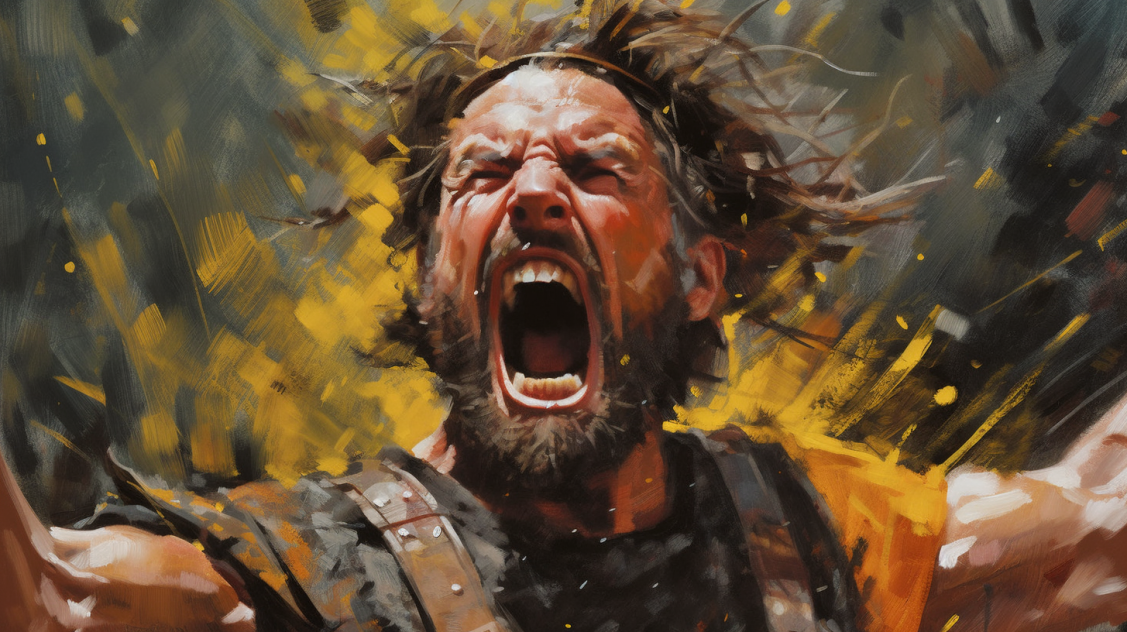
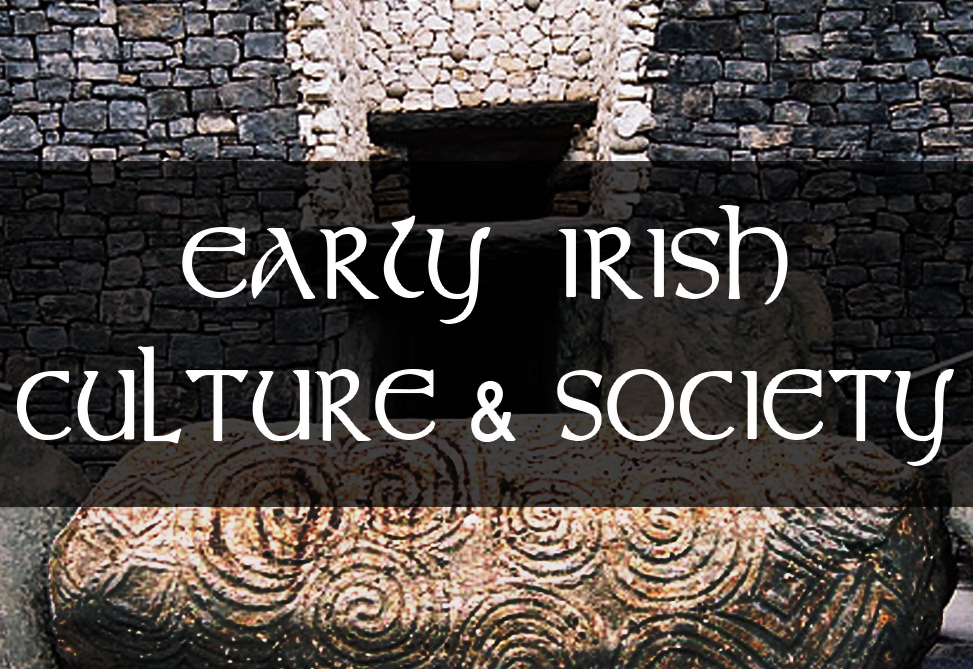

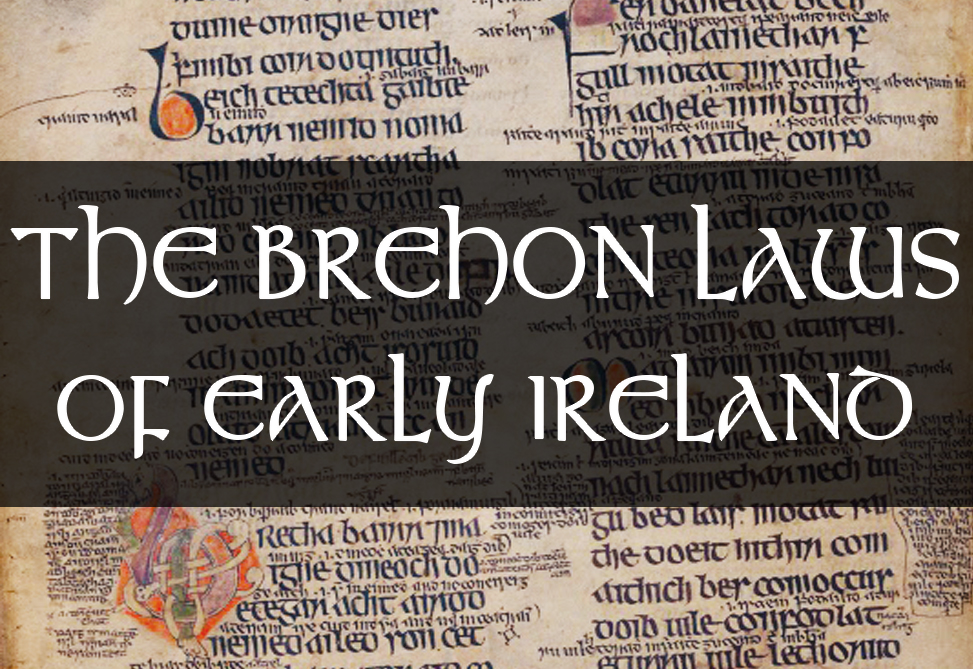

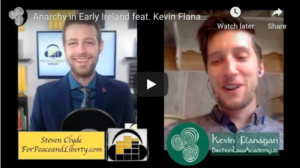
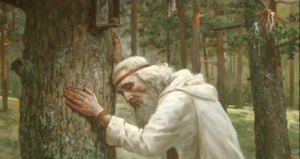
I find this topic fascinating, as I’d never heard of this before. I have two questions:
1. How was the information retained all these years? In other words, where did the list come from?
2. Is that a complete list? I was hoping to find the Dooley/O’Dooley name listed. That would have made my day.
Thank you!
Hello Curt, there are historical records from the times that provide the information about these battle cries. There are also some articles and publications treating the subject. I’m currently away from home so unable to consult my books, so I would refer you to the book “Surnames of Ireland” by MacLysaght. Alternatively, I’ll be home in about a month. Since you’re interested in the topic, you might like to check out my deep dive on the Origins of Irish Family Names https://brehonacademy.org/irish-family-names-how-the-irish-got-their-macs-and-their-os/